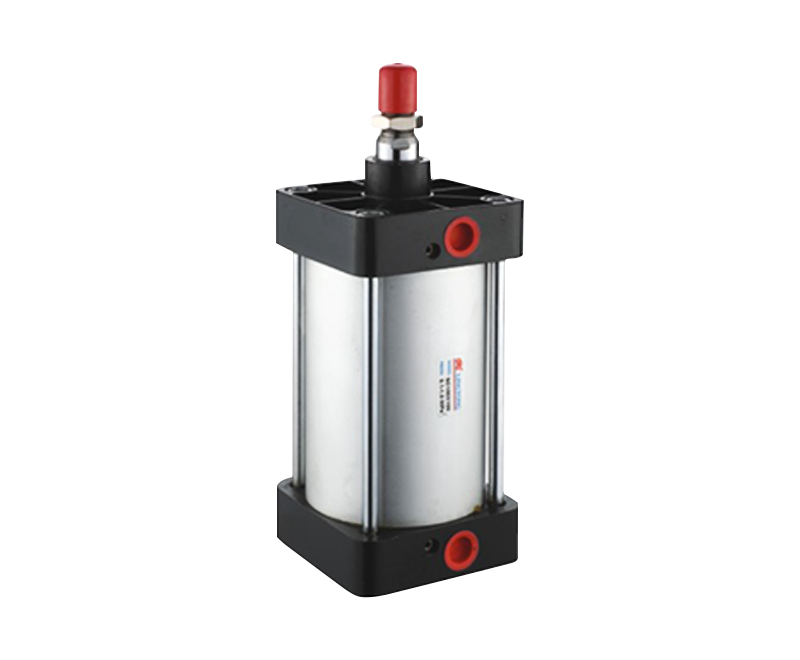Standard Pneumatic Cylinders are designed for reliable and rugged performance. Their design requires tight tolerances and high pressure to ensure optimum performance. However, seal wear and tear are inevitable and must be addressed in order to avoid cylinder downtime. Consequently, many manufacturing facilities develop dedicated maintenance and replacement schedules for their pneumatic cylinders. Keeping these schedules in mind can help you avoid unexpected downtime and ensure that your pneumatic cylinders stay working as efficiently and productively as possible.
The first step in ensuring the proper performance of your pneumatic cylinders is to understand the application requirements. Depending on the requirements, the type of cylinder will affect performance. It is crucial to choose the correct cylinder for the job. Here are some tips to choose the right cylinder for your application:
Pneumatic and hydraulic cylinders are both subject to standardization. ISO standards help manufacturers ensure quality, safety, and efficiency. They can also help businesses increase productivity, minimize errors, and reduce waste. Furthermore, they help companies enter new markets and protect consumers. Companies with ISO-certified products meet strict standards.
Double-acting cylinders are available with compressed air on both sides of the piston. This means that the piston and rod assembly will move toward the side of the chamber with lower internal pressure. This allows them to perform both extension and retraction strokes. Then, by supplying pressurized air on the other side, the piston and rod assembly will return to their original position.
Pneumatic cylinders can operate at high velocities. This characteristic makes them challenging to control. Therefore, they require precise design. Acceleration rates and braking are important factors that must be considered. Furthermore, pneumatic cylinders with high linear speeds should have shock absorbers.
Larger pneumatic cylinders can accommodate stronger forces and higher piston speeds. They also feature shock-absorption mechanisms by trapping a volume of air during the end of the stroke. The compressed air generates a braking effect. They also feature throttling non-return valves at the end ports. The valves are made of wear-resistant material and can be adjusted using screws.
Pneumatic cylinders are used in industrial processes and machines to create force. They can be single-acting or double-acting. Both types can be used to move heavy objects. Some even have sensors that detect the position of the piston. Their cost-effectiveness and cleanliness make them a desirable choice.
Ningbo Hengmin Lingtong pneumatic complete set Co., Ltd. (LTPC), located in Xikou, Ningbo, Zhejiang Province, is famous China SC series standard cylinder Company and OEM SC series standard cylinder Suppliers. Since its establishment in 1996, LTPC has been rooted in the pneumatic industry for more than 30 years. From a small workshop, LTPC has developed into a 18000 square meter production base with Japanese import processing center and Ningbo Municipal "pneumatic product R & D center".

 English
English 中文简体
中文简体





















